Principles of Surgical Instruments
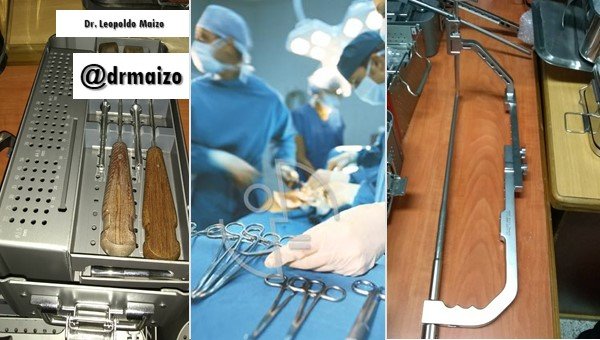
Surgical Instruments
The surgical instruments are the fundamental piece of each one of the surgeons, in special of us the orthopedic surgeons, since we have a very varied arsenal for each type of surgery according to the fracture, in this post I will show you some basic principles that we must know.
A surgical instrument is a tool or implement specially designed to perform specific actions of performing desired effects during surgery or operation, such as modifying biological tissue, or providing access to it. Over time, many different kinds of surgical instruments and tools have been invented. Some surgical instruments are designed for specific procedures or surgeries.
Surgical instrument expression is somewhat used interchangeably with surgical instruments, but its meaning in medical jargon is really the activity of providing assistance to a surgeon with the proper manipulation of surgical instruments during the operation, by a specialized professional, usually a surgical technologist or sometimes a nurse or radiologic technologist.
The responsibility for participating in the maintenance, knowledge of cleaning methods, preservation, conditioning and packaging of surgical instruments for later use is shared with the surgical instrument and the circulating nurse. There is a particular classification of the basic surgical instruments, according to their use: dieresis, dissection, haemostasis, exposure, apprehension, exploration and synthesis.

History
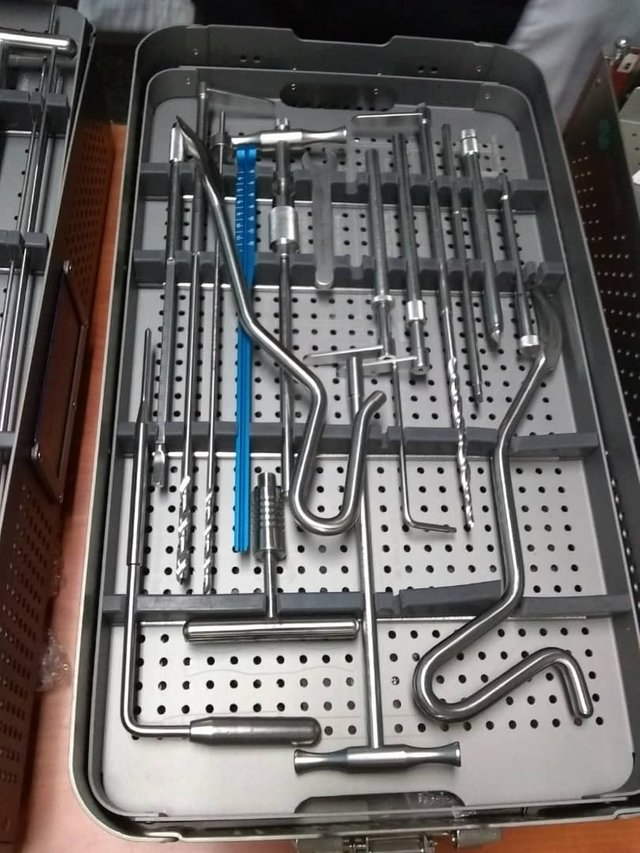

Surgical instruments have been made since prehistoric times. Rough bits for craniotomies have been discovered in many Neolithic sites. It is believed that they were used by shamans to release evil spirits and relieve headaches and head trauma caused by war wounds. Surgeons and doctors in India have used sophisticated surgical instruments since ancient times. Sushruta Samhita (about 500 BC) was probably the most important surgeon in ancient history, known as the "father of surgery". In his text Sushruta Samhita described more than 120 surgical instruments, 300 surgical interventions and classified surgery in humans into 8 categories. In antiquity, surgeons and doctors in Greece and Rome developed many ingenious instruments made of bronze, iron and silver, such as scalpels, lancets, qunets, tweezers, specula, bits, tweezers, probes, dilators, tubes, surgical knives, etc. are still very well preserved in various museums of medicine around the world. Most of these instruments continued to be used in medieval times, although with a better manufacturing technique.

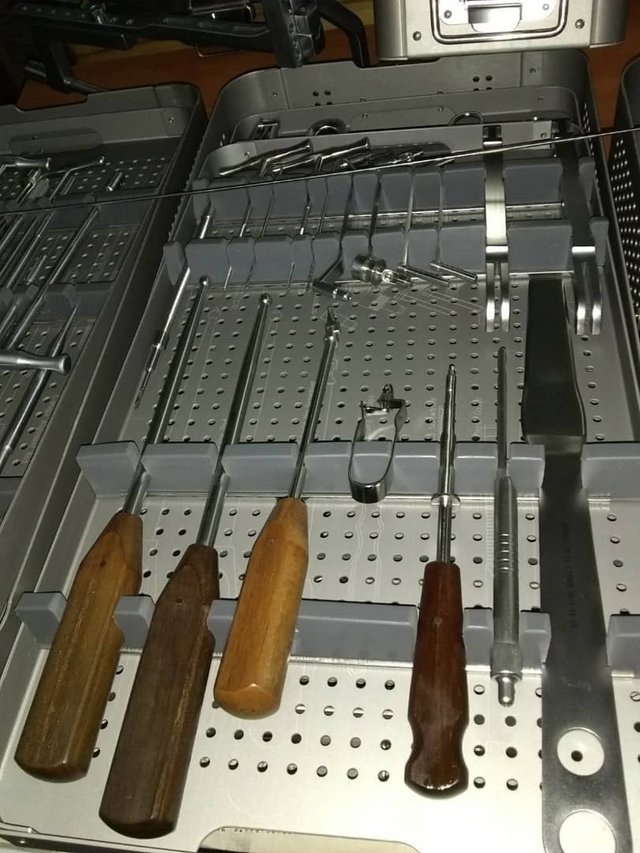
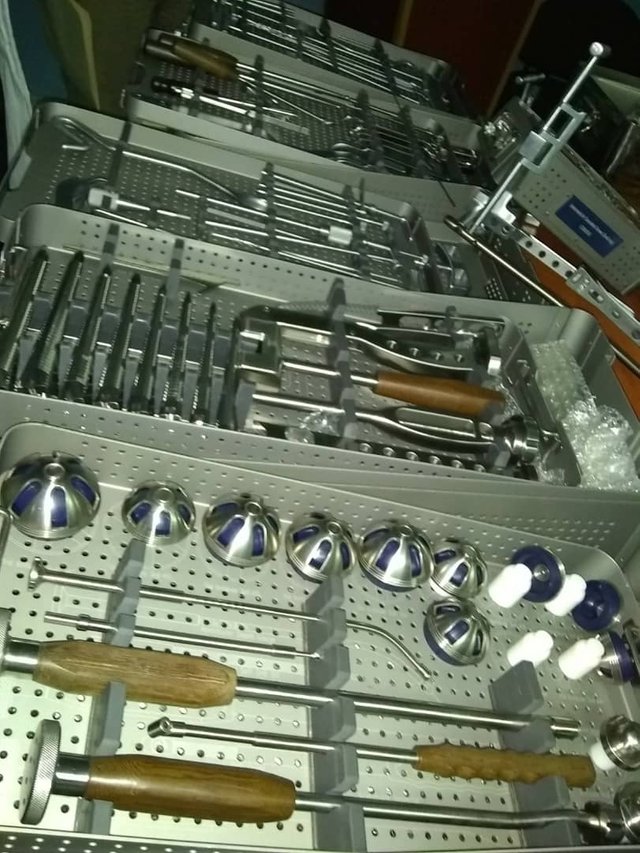
CLASSIFICATION
CLASSIFICATION ACCORDING TO SHAPE
According to its form it is classified in:
- Of a single body consists of tip and body example scalpel handle, suction cannulas, dissection forceps, manual separators, hegar dilators
- Articulated, consists of tip, body and articulation example: tweezers and scissors
- With closure. consists of ring, joint, body tip and closure example: vascular clamps and intestines
- With forceps. Consists of tip, joint, body and forceps example gynecological forceps specula
- Fiber. They are those instruments are constituted by optical glass fibers and covered by an element of rubber or with polyethylene alloys to make them stronger and resistant example laparoscopes, cystoscopes, arthroscopes, ureteroscopes, gastroscopes.
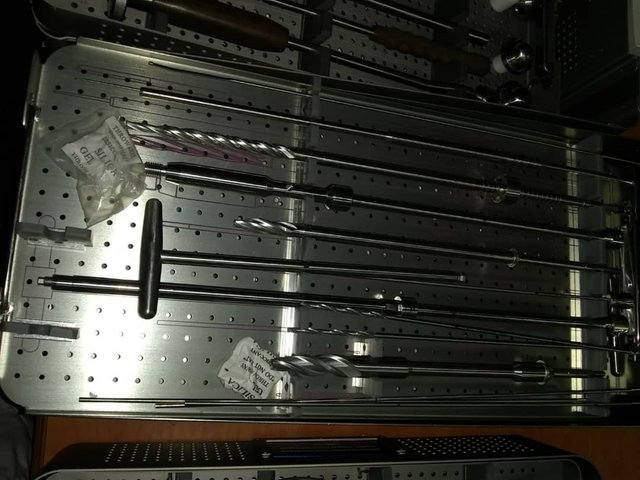
ACCORDING TO FUNCTION
According to its function it is classified in:
Instrumental of diaeresis or cut. It is used to cut, to separate or to extirpate a fabric and to cut materials, this instrument requires a careful handling at the moment of manipulating it to avoid accidents due to the fact that their tips are sharp and sharp between these we have.
a) Scalpel handles. Single body instruments can be long, short, straight and curved in numbers of 3,4,7.
(b) Scissors. Elements of cut or dieresis that are used to cut, to extirpate fabrics between these we have the scissors of May to cut materials and those of metzembauw curved or straight for fabrics. There are also plastic scissors, torex scissors or hysterectomy scissors, dura scissors, fommon scissors.
c) Electro scalpel. Element used for cutting and coagulation or hemostasis consists of a cable containing a pencil and at its tip an electrode which performs the function either cutting or hemostasis; the cable is connected to the electrocautery equipment and to make contact needs two poles which is the electrode and the conductive plate that is placed to the patient which is also connected to the equipment through its cable.
d) Bipolar. It is an element used to make hemostasis and cut in delicate and small tissues. It is used in neurosurgery, otolaryngology and plastic surgery.
e) Other elements such as: gouges, shears, curetas, chisels, osteotomes, electric or manual craneotomes, electric or manual sternotomes can be considered cutting elements.
(f) Specialized courts. Electric or manual saws, electric or manual drills

If you need recommendations or help in orthopedic surgery and traumatology do not hesitate to contact me.
Dr. Leopoldo Maizo - Orthopedic Surgeon

If you want to read more I invite you to visit my page:
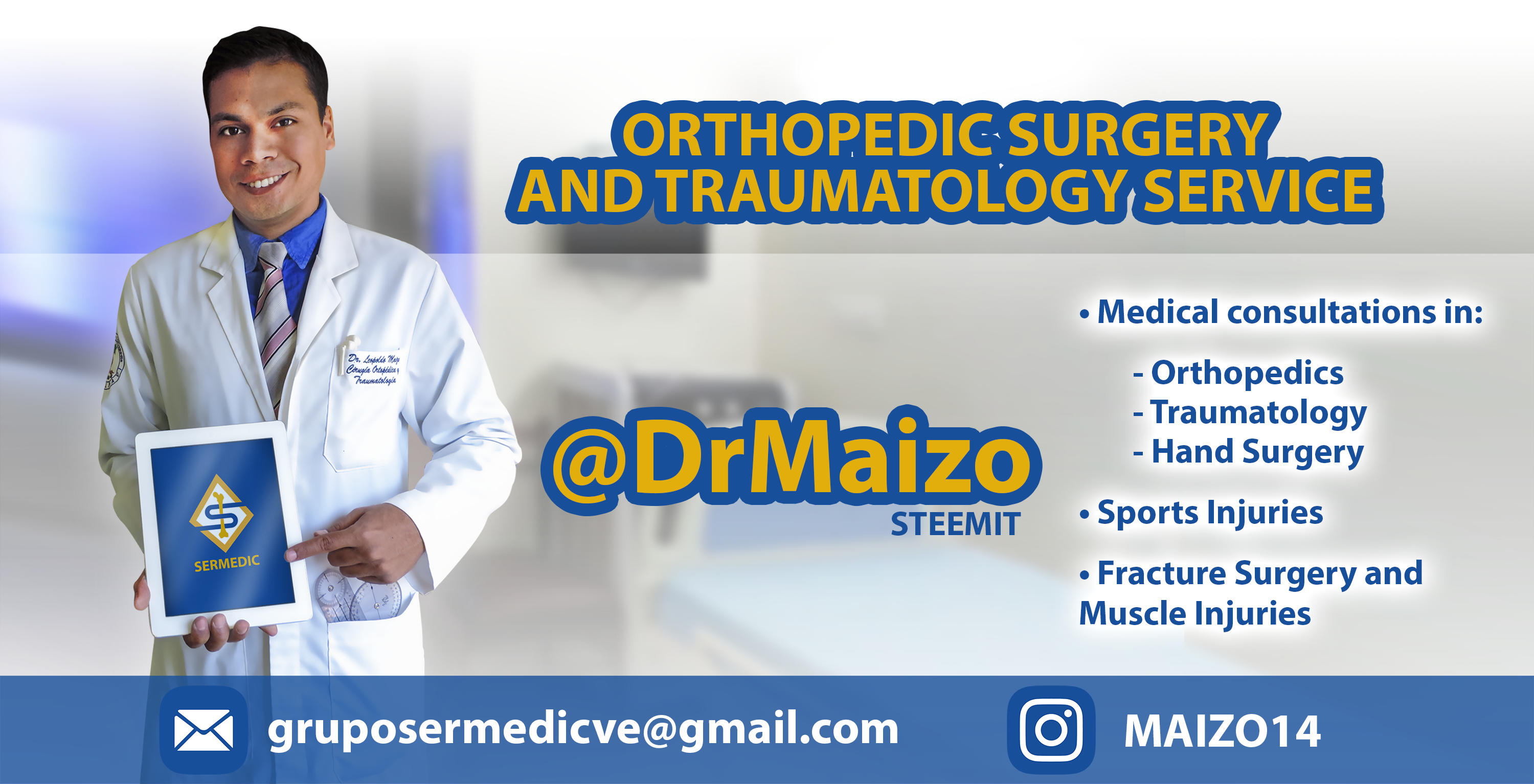
Firma diseñada por @themonkeyzuelans, contáctalos vía Discord "themonkeyzuelans#9087"
Great projects from the Steemit community:
- My Fundition campaign: https://fundition.io/#!/@drmaizo/6f88ggj8h



.png)
Brings back memories for me. An OR nurse told me the other day that cautery smoke is now being considered dangerous. I replied that is obvious, one of the reasons I quit the job. I used to always suction the smoke away, but some surgeons thought it was pointless....
Hello, you're right @ceattlestretch, the cautery smoke has a very strong smell, some surgeons to not aspirate so much we use an aspiration probe at the time we cauterize tissue, likewise is preferable dissection using as little as possible this instrument.
That's a large array of equipment/tools at your disposal. I bet there are strict measures in place in order to mitigate the risk of infection?
Looks like it would take a very long time to get a grasp of what each tool is called too.
Of course, my friend, all this equipment must ALWAYS be sterile when used and handled with the strictly appropriate measures. And if... it takes time to learn each of these instruments by name and there are still new devices coming out that we have to keep learning.
YEAHHHH! Now we are in my specialty! :DDD
YEAHHHHH You've got me trapped now hahaha
This project is being supported by @Fundition
Fundition is a next-generation, decentralized, peer-to-peer crowdfunding and collaboration platform, built on the Steem blockchain.
#upfundition and #fundition tags on Steem represent the projects that are started on https://fundition.io.
Are You Prepared to Make the World a Better Place too?
Read the full details of Fundition Fund program
Learn more about Fundition by reading our purplepaper
Join a community with heart based giving at its core
Thank you!!